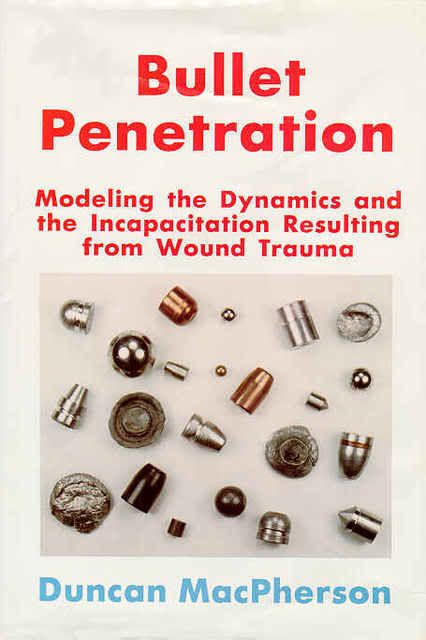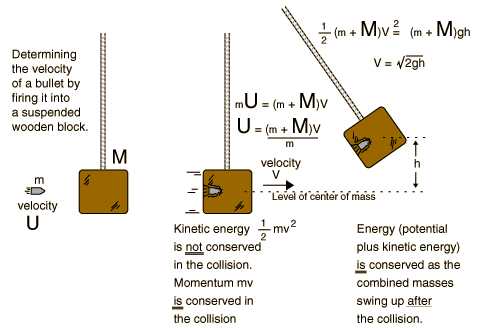This is a total contradiction! Are you saying a boolit does not apply energy in an animal?
Do you mean a .30 cal stick pushed through slow has the same effect as a .300 mag?
Apply means "utilized", "to bring into contact with something", "put on or to."
If I take a tack hammer to a large nail, you are saying a sledge hammer does not apply more energy to the nail.
I do NOT understand what you are saying.
Do you have a new word for "apply?"
I have over 250 bow kills and the arrow does NOT apply energy but it does apply CUTTING to vital tissue.
If you shoot a gallon jug of water, does not the boolit "apply" energy to it?
Jandbn has provided much info that would educate you about applying energy.
My point is that you can "apply" energy at initial contact to do little after, you can "apply" energy during passage or you can "apply" all energy AFTER passage into the air or ground, maybe a tree.
Add enough energy like a .50 BMG and energy is "applied" at the initial contact, in passage and well beyond into anything it hits.
If I read you right, the .50 BMG does not apply energy, it pokes a .50 cal hole. Yeah, right! Shoot a deer with it and you need to learn to cook hooves.
The revolver has limited energy and that must be "applied" at the right place, INSIDE the animal.
I notice that you use a gun, not a sharp sick.
Some new bullets "apply" both energy and cutting with sharp, peeled jackets.
Maybe I am wrong and a slingshot will dump an elephant!


















 Reply With Quote
Reply With Quote




















